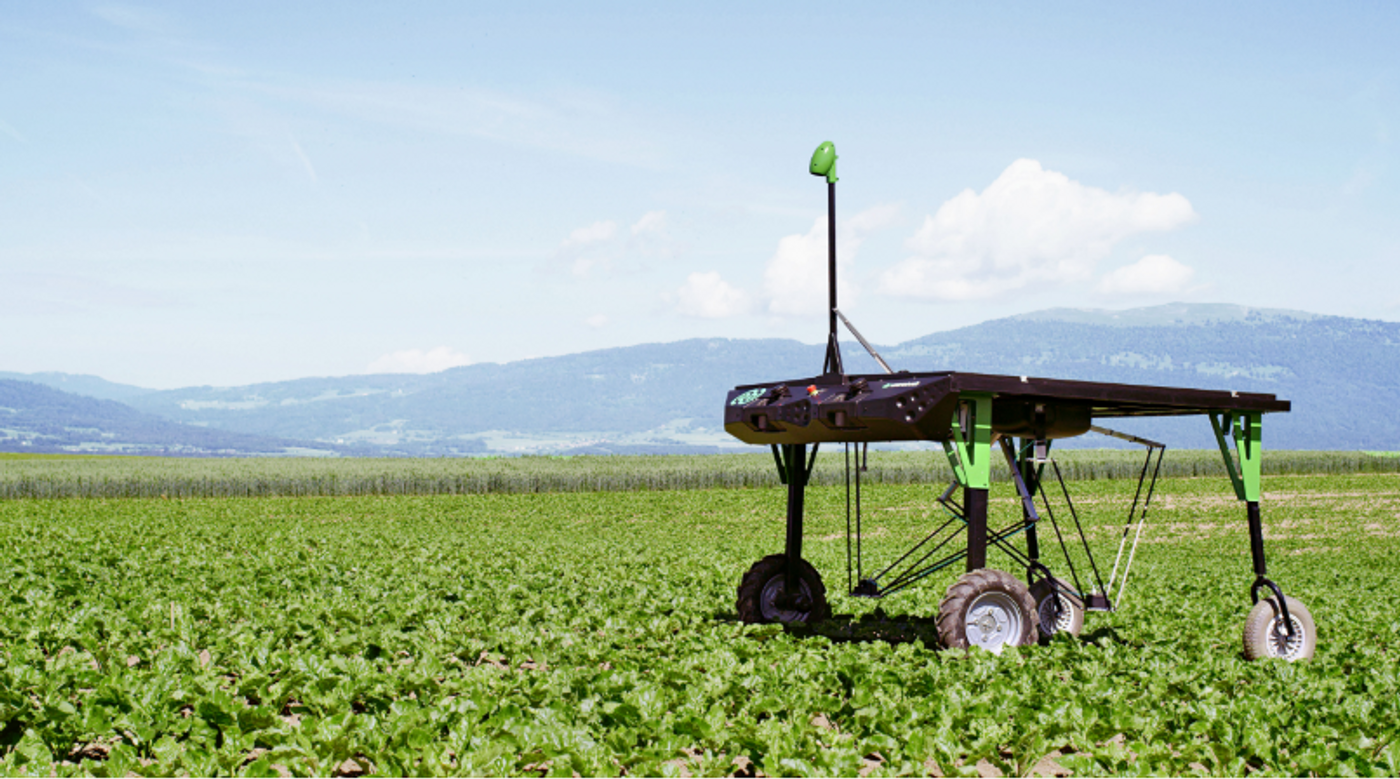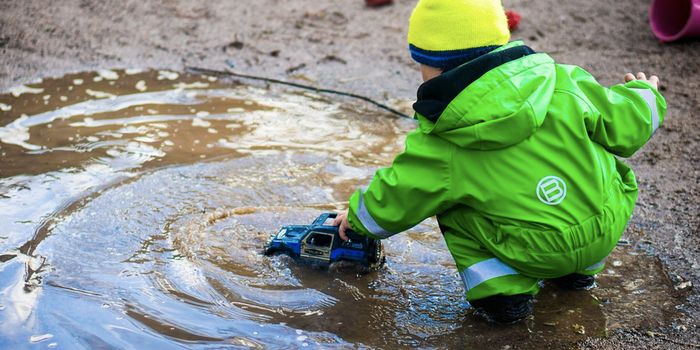Solar Weed-Killing Robots May Upend Herbicide Industry
The use of herbicides and pesticides is widespread around the world but is also controversial because many of the chemicals they contain can have negative effects on the health of humans, other species like bees, and crops themselves. A new solar-powered AI-minded robot uses about 20 times less herbicides than typical application processes, according to its maker, Swiss company ecoRobotix. This automated weeding process could potentially upend the multibillion-dollar herbicide industry. The robot is expected to come to market in 2019.
“Our autonomous robot represents a major innovation in weeding methods,” the company site states. Also according to the site,
ecoRobotix develops, produces and sells innovative farming machines that require low energy and that reduce the negative ecological impact of modern agriculture while keeping costs competitive.
How Does It Work?
The weed-killing, seven-foot-wide robot uses a camera, GPS, AI tech, two arms, four legs with wheels, solar power and focused herbicide-application devices to recognize and kill weeds. More specifically, it recognizes the crop it is trying to protect and applies herbicide to the other plants. When it finds a weed, it covers it with the cup that is its end effector, or device at the end of the robotic limb, and delivers a microdose of herbicide. It has a flat primary surface topped with two solar panels to keep it active for about 12 hours, covering about 7.5 acres daily. While it currently only detects canola or beets, more crop-identification updates are coming. ecoRobotix states the weed-detection system is more than 95 percent accurate. This type of machine is often called a “See and Spray” robot.
What Are the Benefits?
Along with reducing the amount of potentially hazardous chemicals used in farming, which enter the soil and water cycle and are also directly consumed, this robot aims to save farmers money. Farmers will be able to pay for far less herbicides and according to ecoRobotix, the autonomous solar-powered device is about 30 percent less expensive than standard treatments.
The company also says the robot is lightweight at about 287 pounds, which minimizes soil compaction in the fields. Using green, renewable solar energy to run the robot will also presumably cut back on the pollution created by gas-run vehicles such as aircraft that are often used to spray herbicides. If it used organic herbicides, its eco-friendly value could go up even higher. Also, the robot can be conveniently controlled via a smartphone app.
In early June, ecoRobotix secured a new round of funding of almost $11 million from CapAgro and BASF. This boost will allow the company to expand in Europe, CNBC reported.
In 2017, John Deere acquired Blue River Technology, which developed its own See and Spray robot.
See the ecoRobotix robot at work below.
Sources:









